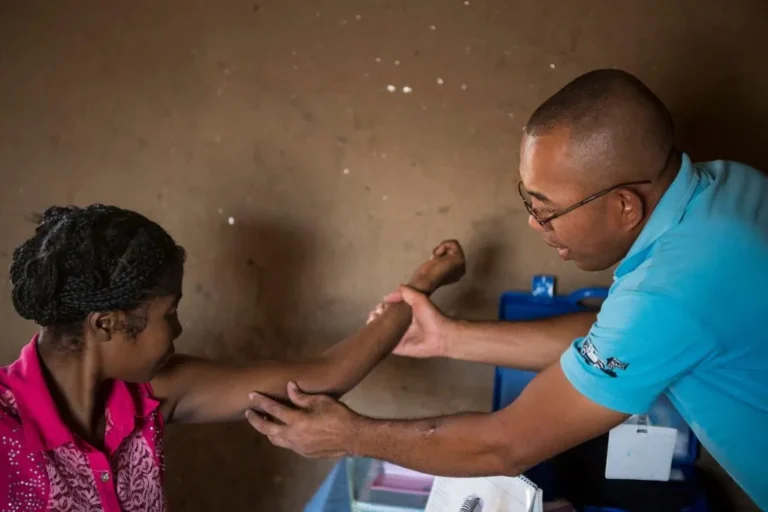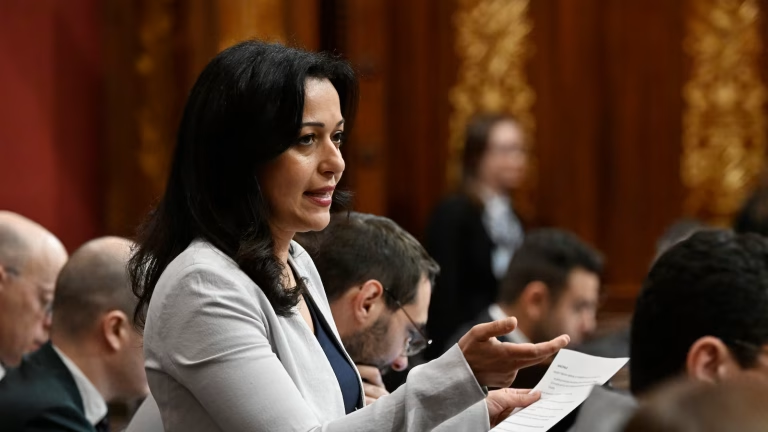Birth control in Canada: best & worst provinces
Health01.12.2023

If you need easy access to birth control in Canada, you might want to live in British Columbia or Quebec
That’s according to The Canadian Contraception Policy Atlas, published by Action Canada for Sexual Health and Rights. B.C. and Quebec are the only two provinces to achieve a score above 75 per cent in the atlas, which ranks provinces from best to worst based on government policies affecting both access to, and information about, contraception.
Newfoundland lands at the bottom, with a score of 41.8 per cent. While many experts in the health field say providing prescription contraception to anybody who needs it should be a simple decision – after all, estimates say that for every one dollar invested in contraception access, up to nine can be saved in the public sector – the considerations behind who gets subsidized birth control, and how, are more complicated. Let’s look at both access and information.
Access barriers: not just financial
Your mind may immediately go to cost, and you wouldn’t be wrong. The atlas shows that financial cost remains the greatest barrier to overall contraceptive access for Canadians. One of the reasons B.C. ranks first in the atlas is the province’s first-in-Canada policy of offering free prescription contraception.
However, access isn’t only about money. In addition to analyzing what financial coverage each province offers, the project also looked at the diversity of supplies covered, which practitioners are able to write prescriptions, and whether prescriptions are needed for emergency contraception.
Bright spot
All provinces and territories now allow pharmacists, midwives, registered nurses, or some combination of those healthcare providers to prescribe birth control, in addition to general practitioners and nurse practitioners.
Pain point
Fewer than half (46 per cent) of provinces and territories provide financial coverage of prescription contraception for all or most of their population.
Information challenges: the web of knowledge
Readily available, free (or low-cost) contraception is great … if you know it’s available and how to get it. You’d think this would be the easy part of the equation – each province and territory has a strong web presence providing reams of information to citizens – but, believe it or not, not all of them provide information about contraception.
There is no government-produced website available to citizens of New Brunswick, Newfoundland, or Yukon. And for the provinces and territories that do have websites, the discoverability, quality of information, and links to reliable external sources vary. Four provide information only in English, and only Ontario features a warning about misinformation.
Bright spot
All provinces and territories include information on contraception in school sexual education curriculum (although this is elective in Nunavut).
Pain point
Nearly one-quarter (23 per cent) of provinces and territories do not have a website produced by a provincial health authority or a major public health authority that provides information on contraception.
Cause for optimism
While some of the omissions highlighted in the Canadian Contraception Policy Atlas are hard to believe, the good news is things are changing.
The new government of Manitoba has just restated its campaign promise to provide free prescription contraception.
And the Ontario opposition NDP just raised the issue in the Ontario legislature on November 29, 2023, asking that the current policy which sees birth control covered only for women under 25 years old, and only as long as they aren’t covered by a private plan, be changed to offer free prescription contraception to all Ontario residents who need it.
Good for women, good for society
Paying out-of-pocket for contraception could cost an individual as much as $10,000 over their reproductive life span (based on paying $25 per month for hormonal pills). An IUD insertion can cost $400. For some people, these costs are prohibitive.
Not only does free prescription contraception help citizens, but in championing B.C.’s policy, Dr. Wendy Norman, lead author of the Contraception Cost-Effectiveness in British Columbia study, pointed out the cost to manage unintended pregnancies is higher than the cost to subsidize contraception. She stated that B.C.’s free prescription contraception policy could save the province $27 million each year.
It’s the difference, says Liz Thompson, Advocacy Team Lead for Ontario’s not-for-profit group Cover ContraceptiON, between proactive and reactive care: “We spend hundreds of millions of dollars on reactive care because folks don’t have access to contraception.”
Advocacy for change: beyond reproductive health
To fully understand Liz’s argument, it’s important to be clear on the two-fold benefits of contraception. While pregnancy prevention or family planning may be obvious advantages, not everybody realizes the ability of prescription items like hormonal treatments and IUDs to treat conditions including endometriosis and chronic pelvic pain, abnormal uterine bleeding, and uterine cancer. Left untreated, these conditions lead to recurring hospital visits and require expensive medical interventions.
In a time where hospitals are full – when we’re dealing with RSV, flu, COVID, and more – if we proactively dealt with providing contraception to all Canadians, we could relieve some pressure on staff to then care for other diseases.
Liz Thompson
Taking this into account, Liz lists the following reasons provinces should all offer universal contraception coverage:
- “Our population is aging quickly. We’re not going to have the money to care for everyone and all their issues if we only work reactively.” Family planning, she points out, helps more than just those of child-bearing years. “If we’re proactive with our younger population, they can stay in the workforce, they can provide the care we need for our elderly population.”
- “If folks with fibroids had the opportunity to get an IUD, we could avoid spending thousands of dollars for women who need a blood transfusion once a month because their menstrual bleeding is so heavy.”
And, as Liz points out, this doesn’t even touch on the social fallout that occurs when people can’t access the contraception they need: interrupted careers, pressure on our foster care system, family members who go from being caregivers to needing care themselves.
Hope on the Horizon: BC’s success and Manitoba’s promise
British Columbia introduced universally accessible contraception on April 1, 2023, which gives Liz hope. She says with the financial barrier removed, so many people have signed up to have IUDs inserted that BC has waiting lists for the procedure: “What a good problem to have.”
Manitoba is expected to bring in universal access to contraception in 2024.
And as for Ontario – the campaign Liz has been working on – the November 29 debate didn’t go the way she and her colleagues at Cover ContraceptiON hoped it would.
With no new funding committed to contraceptive accessibility, Liz says the hundreds of thousands of Ontarians who don’t qualify for free prescription contraceptives will continue to cost the health care system through emergency visits and treatments.
Still, she’s not about to give up. “The Government this evening demonstrated further education is needed for MPPs about the health benefits of contraception for numerous medical conditions including uterine cancer. I, along with my Cover ContraceptiON volunteers, will be approaching members of the government to educate them on the benefits of contraception over the next few months.”










